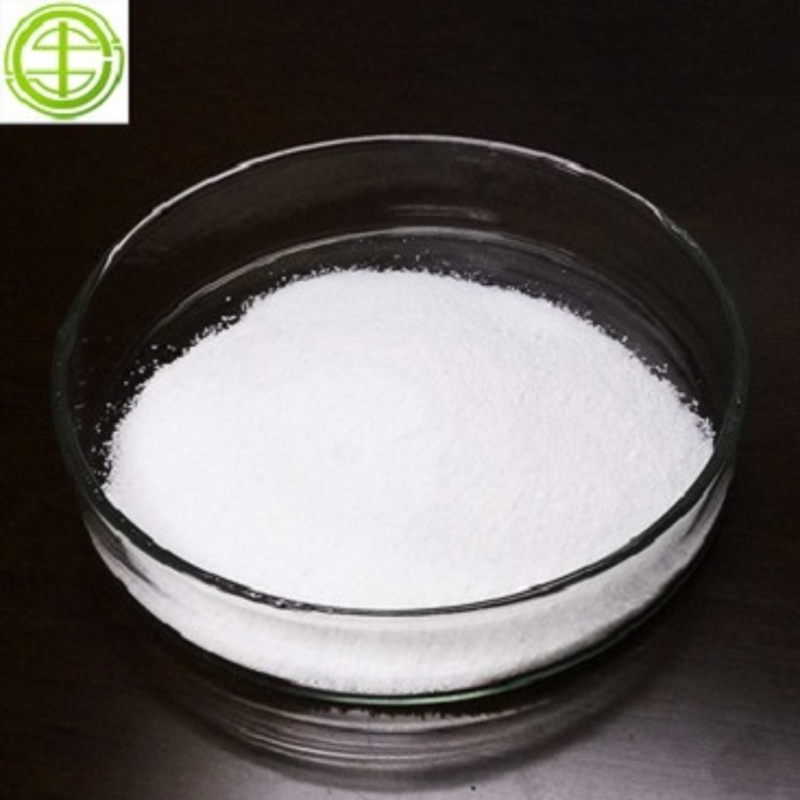Virol J: Non-transplantative acute leukemia patients receiving chemotherapy combined with human herpes virus
-
Last Update: 2020-06-24
-
Source: Internet
-
Author: User
Search more information of high quality chemicals, good prices and reliable suppliers, visit
www.echemi.com
The human herpes virus (HHVs) still has an incubation period after primary infection and can be reactivated after immunosuppression and chemotherapyLittle is known about its incidence, potential relationship, risk factors and clinical effects in non-transplantable leukemia patientsThis study investigated the prospective incidence, risk factors, clinical effects and possible associations of HHVs-(1-7) infection in patients with acute leukemia in the first studystudies were designed for different stages before and during chemotherapy in 2016-2018: vertical sampling after induction, post-relief and post-treatmentA total of 734 plasma samples were taken from 95 patients, HHVs were detected using qualitative, polyploid PCR, and quantitative real-time PCR were used for quantitative detection of cytomegalovirus (CMV)The HHVs-(1-6) IgG and IgM antibodies were detected by immunoassayThe risk factors were analyzed using binary logical regression and the relationship between viruses was analyzed using Chi-square or Fisher's exact testresults showed a high overall seropositive rate of HHV-(1-6) IgG (-80%)At least one herpes viral pathogen (63.3%) was detected in 60 patientsCMV was the most commonly detected virus in chemotherapy at different stages (19.4%), followed by HHV-6 (9.7%), HHV-7 (5.2%) and EBV (2.7%)HSV-1/2 and VZV DNA were not detectedIn 27 patients (28.4%) more than one virus was detected in follow-up, of which 23 were co-infectionsCMV/HHV-6 is the most common co-infection (69.5%, 16/23)HHV-6 infection (p - 0.008) is considered a risk factor for CMV infection, while rescue treatment (p s 0.04) and CMV infection (p -0.007) are independent risk factors for HHV-6 infectionCMV co-infection with the absolute count of severe lymphocytes (ALC) (500/ sL) (p s 0.009), rash (p s 0.011), pneumonia (p s 0.016) and opportunistic infections (bacterial emis, p 0.001 and invasive fungal infections, (p s 0.024) is more common than CMV single viral infectionsin general, our data suggest that co-infections with HHVs, especially CMV and HHV-6, may lead to the development of severe clinical manifestations, accompanied by severe lymphocyte reduction, pneumonia rashes, and an increased risk of bacterial and fungal infectionsThese findings may indicate synergy of HHVs-related infections
This article is an English version of an article which is originally in the Chinese language on echemi.com and is provided for information purposes only.
This website makes no representation or warranty of any kind, either expressed or implied, as to the accuracy, completeness ownership or reliability of
the article or any translations thereof. If you have any concerns or complaints relating to the article, please send an email, providing a detailed
description of the concern or complaint, to
service@echemi.com. A staff member will contact you within 5 working days. Once verified, infringing content
will be removed immediately.







